Choosing Between Manual and Automated Multi-Head Weighing Machines
When it comes to packaging products, precision and efficiency are paramount. Multi-head weighing machines have emerged as a popular choice for achieving these goals, but the decision between manual and automated systems can be a significant one. Here’s a comprehensive guide to help you choose the best multi-head weighing machine for your specific needs.
Manual multi-head weighing machines require an operator to feed the products into the weighing hoppers. These machines are typically more affordable and suitable for smaller operations or products that require frequent adjustments.
Advantages:
Lower cost compared to automated systems
Ideal for small batch sizes and frequent product changeovers
Provides greater flexibility for operators to fine-tune settings
Disadvantages:
Labor-intensive and requires dedicated operators
Lower throughput compared to automated systems
Potential for operator error and inconsistency
Automated multi-head weighing machines eliminate the need for manual feeding. Instead, products are automatically fed into the weighing hoppers using conveyors or vibratory feeders. These systems offer increased efficiency and consistency.
Advantages:
Higher throughput and efficiency than manual systems
Reduces labor costs and improves product flow
Ensures consistent and precise weighing
Can integrate with other packaging machinery for seamless production
Disadvantages:
Higher initial investment cost
May require technical expertise for maintenance and configuration
Less flexibility for product changeovers
Aside from the fundamental differences, several key factors should be considered when making a decision:
Throughput: Determine the required weighing speed and target production capacity.
Product Characteristics: Consider the size, shape, and fragility of the products being weighed.
Accuracy and Consistency: Evaluate the precision required and the level of deviation acceptable.
Space Constraints: Determine the available space for the weighing machine and any additional equipment.
Integrability: Consider the need to integrate with other packaging or conveyor systems.
Budget: Establish a realistic investment budget and explore financing options if necessary.
Ultimately, the best choice between manual and automated multi-head weighing machines depends on the specific requirements and circumstances of each operation. Manual systems offer affordability and flexibility, while automated systems provide increased efficiency and consistency. By carefully considering the factors discussed, you can make an informed decision that will optimize your packaging operations and maximize productivity.
Manual multi-head weighing machines require an operator to feed the products into the weighing hoppers. These machines are typically more affordable and suitable for smaller operations or products that require frequent adjustments.
Advantages:
Lower cost compared to automated systems
Ideal for small batch sizes and frequent product changeovers
Provides greater flexibility for operators to fine-tune settings
Disadvantages:
Labor-intensive and requires dedicated operators
Lower throughput compared to automated systems
Potential for operator error and inconsistency
Automated multi-head weighing machines eliminate the need for manual feeding. Instead, products are automatically fed into the weighing hoppers using conveyors or vibratory feeders. These systems offer increased efficiency and consistency.
Advantages:
Higher throughput and efficiency than manual systems
Reduces labor costs and improves product flow
Ensures consistent and precise weighing
Can integrate with other packaging machinery for seamless production
Disadvantages:
Higher initial investment cost
May require technical expertise for maintenance and configuration
Less flexibility for product changeovers
Aside from the fundamental differences, several key factors should be considered when making a decision:
Throughput: Determine the required weighing speed and target production capacity.
Product Characteristics: Consider the size, shape, and fragility of the products being weighed.
Accuracy and Consistency: Evaluate the precision required and the level of deviation acceptable.
Space Constraints: Determine the available space for the weighing machine and any additional equipment.
Integrability: Consider the need to integrate with other packaging or conveyor systems.
Budget: Establish a realistic investment budget and explore financing options if necessary.
Ultimately, the best choice between manual and automated multi-head weighing machines depends on the specific requirements and circumstances of each operation. Manual systems offer affordability and flexibility, while automated systems provide increased efficiency and consistency. By carefully considering the factors discussed, you can make an informed decision that will optimize your packaging operations and maximize productivity.
Automated multi-head weighing machines eliminate the need for manual feeding. Instead, products are automatically fed into the weighing hoppers using conveyors or vibratory feeders. These systems offer increased efficiency and consistency.
Advantages:
Higher throughput and efficiency than manual systems
Reduces labor costs and improves product flow
Ensures consistent and precise weighing
Can integrate with other packaging machinery for seamless production
Disadvantages:
Higher initial investment cost
May require technical expertise for maintenance and configuration
Less flexibility for product changeovers
Aside from the fundamental differences, several key factors should be considered when making a decision:
Throughput: Determine the required weighing speed and target production capacity.
Product Characteristics: Consider the size, shape, and fragility of the products being weighed.
Accuracy and Consistency: Evaluate the precision required and the level of deviation acceptable.
Space Constraints: Determine the available space for the weighing machine and any additional equipment.
Integrability: Consider the need to integrate with other packaging or conveyor systems.
Budget: Establish a realistic investment budget and explore financing options if necessary.
Ultimately, the best choice between manual and automated multi-head weighing machines depends on the specific requirements and circumstances of each operation. Manual systems offer affordability and flexibility, while automated systems provide increased efficiency and consistency. By carefully considering the factors discussed, you can make an informed decision that will optimize your packaging operations and maximize productivity.
Aside from the fundamental differences, several key factors should be considered when making a decision:
Throughput: Determine the required weighing speed and target production capacity.
Product Characteristics: Consider the size, shape, and fragility of the products being weighed.
Accuracy and Consistency: Evaluate the precision required and the level of deviation acceptable.
Space Constraints: Determine the available space for the weighing machine and any additional equipment.
Integrability: Consider the need to integrate with other packaging or conveyor systems.
Budget: Establish a realistic investment budget and explore financing options if necessary.
Ultimately, the best choice between manual and automated multi-head weighing machines depends on the specific requirements and circumstances of each operation. Manual systems offer affordability and flexibility, while automated systems provide increased efficiency and consistency. By carefully considering the factors discussed, you can make an informed decision that will optimize your packaging operations and maximize productivity.
Ultimately, the best choice between manual and automated multi-head weighing machines depends on the specific requirements and circumstances of each operation. Manual systems offer affordability and flexibility, while automated systems provide increased efficiency and consistency. By carefully considering the factors discussed, you can make an informed decision that will optimize your packaging operations and maximize productivity.
-
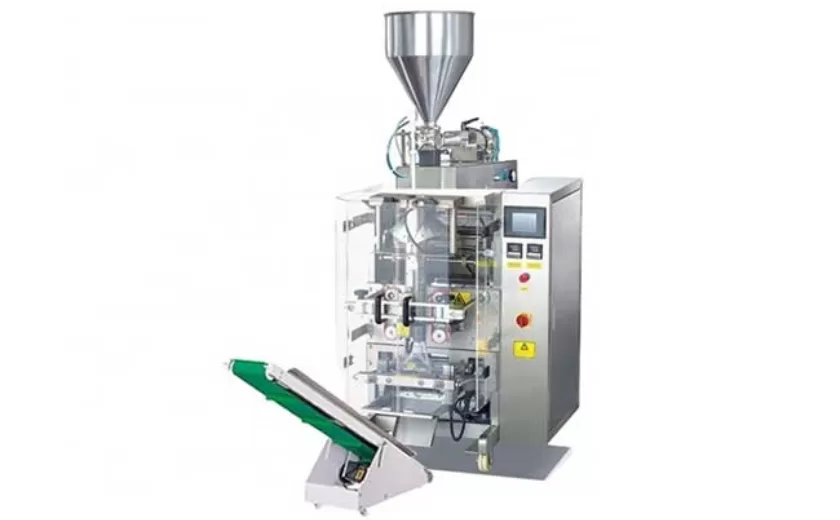
Advanced Packing Solutions: Snacks, Sugar, and Frozen Food Machines
29-10-2025 -
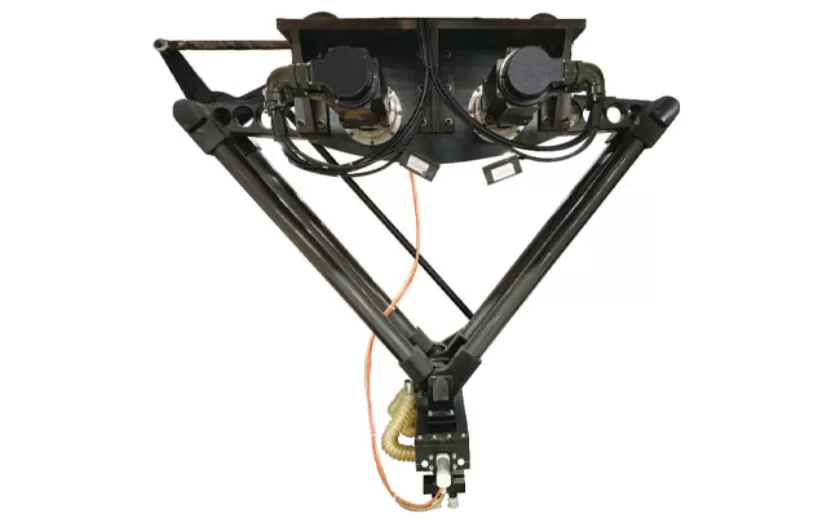
Efficient and Reliable Solutions for Salt, Nuts, and Frozen Dumplings Packing
29-10-2025 -
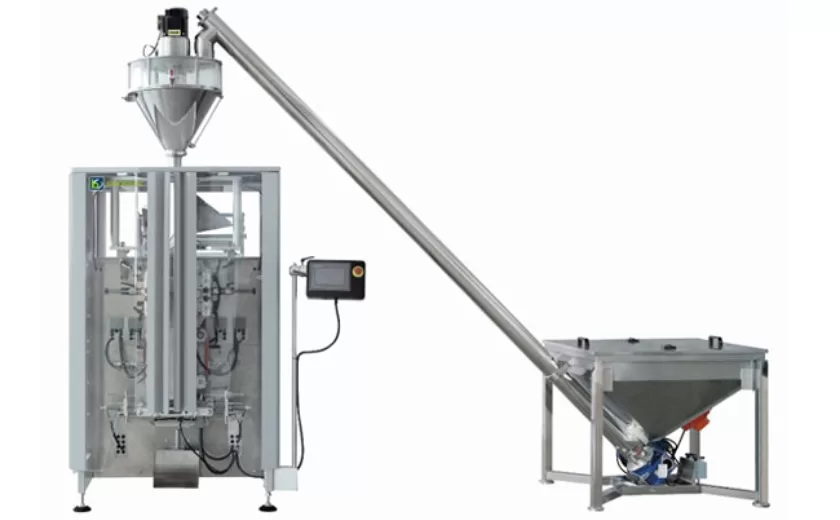
High-Performance Biscuits, Lollipop, and Ketchup Packing Machines for Modern Food Production
29-10-2025 -

Efficient Liquid Filling and Packing Machines for Modern Production
23-10-2025 -
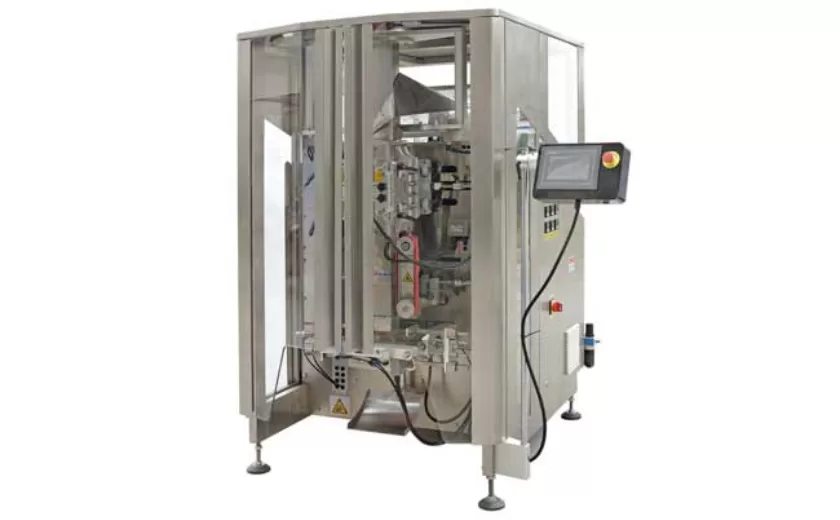
Reliable Granule Packaging Machines for Efficient Production
23-10-2025 -

Efficient Auger Powder Filling Machines for Accurate Packaging
23-10-2025 -

High-Performance Liquid Filling and Packing Machines for Hygienic Production
10-10-2025 -

High-Efficiency Granule Packaging Machines for Precision and Speed
10-10-2025 -

High-Precision Auger Type Powder Filling Machines for Efficient Packaging
10-10-2025 -
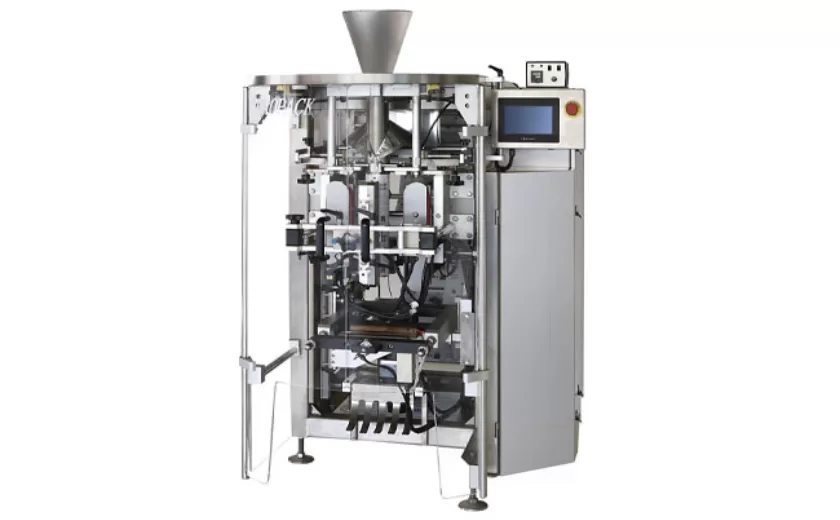
Efficient Vertical Form Fill Seal Packaging Machines for Smart Production
10-10-2025





